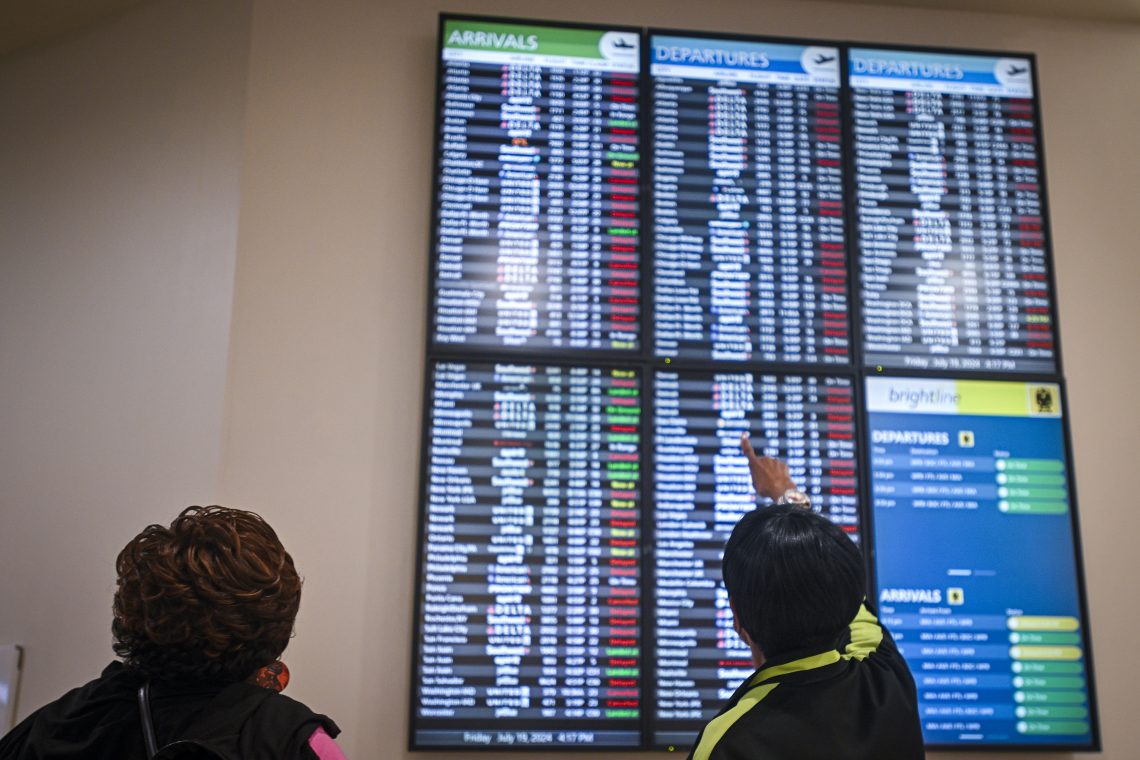Climate barriers to global trade
Restricting trade for the sake of fighting climate change risks having the opposite effect.
At this year’s United Nations Climate Change Conference, some 10,000 policymakers met to continue knitting the global web of climate regulation. An additional 20,000 people were attending as observers, mostly from nongovernmental organizations. More and more, global trade is becoming the focus of their regulatory hankering.
The United Nations Framework Convention on Climate Change (UNFCCC) is a treaty with 198 signatory parties. Some of the UNFCCC’s provisions have a clearly defined scope. One example is the Kyoto Protocol, which intends to curb the emission of greenhouse gasses in developed economies. Other clauses have a much broader range, for example, the Paris Agreement. The agreement is meant to coordinate global action to fight climate change. While primarily addressing national governments, the treaty also involves international and nongovernmental actors.
There is no doubt that climate concerns will lead to restrictions on trade. The question is how and when.
In principle, the Paris Agreement does not address the issue of trade specifically. But more and more, the worldwide exchange of goods and services is becoming an object of discussion under the agreement.
For example, the UNFCCC has facilitated discussions about the environmental effects of global trade. Also, its secretariat regularly liaises about this topic with UN agencies, such as UNIDO (industrial development), UNCTAD (trade and development) or the UN Economics Commissions. The Intergovernmental Panel on Climate Change (IPCC) especially has put trade on its agenda. While its mission is to carry out research, its reports have political and regulatory consequences.
Imported emissions
So far, under the UNFCCC, greenhouse gas emissions are measured where they are produced. If a car manufacturer emits five tons of carbon dioxide in Brazil, this quantity is added to Brazil’s inventory.
Another way to measure greenhouse gasses is by consumption – tracking where goods and services reach their end user. According to this method, if a car producer in Brazil sells cars that emit three tons of CO2 in Brazil and two tons in Argentina, three tons should be added to Brazil’s inventories and two to Argentina’s. With this method, the netting of production and consumption leads to Brazil having 2 tons less and Argentina 2 tons more of “imported emissions.”
This second method is not yet applied by the UNFCCC, but the IPCC is researching its implementation. Additionally, the Organisation for Economic Co-operation and Development (OECD) has included it in papers and databases.
The consequences of calculating emissions by consumption rather than production would be far-reaching. It would add significantly to the inventories of OECD countries, which could come under increased pressure to take drastic action to lower their emissions. This, in turn, is problematic.
If emissions are calculated by consumption, net exporters of greenhouse gasses will be allowed to subtract emissions from their own inventories. With this method, exporting countries would be less incentivized to reduce their carbon footprint. Furthermore, mitigating emissions at the production level is generally much cheaper and improves existing infrastructure and economic processes.
Restricting trade
It can be argued that since the UNFCCC and the Paris Agreement are still sticking to the production method of calculating emissions, there is no need to worry. This is wrong on two accounts. First, some parties to the Paris Agreement are beginning to put barriers to trade based on the consumption principle. Second, even the World Trade Organization (WTO) is considering trade restrictions based on the consumption of greenhouse gasses.
Carbon border adjustment mechanisms (CBAM) are an emerging set of trade policy tools that aim to prevent carbon-intensive economic activity from being imported from jurisdictions with less stringent regulations. Border adjustments would typically apply fees on imported goods based on the greenhouse gas emissions generated during their production abroad. This can also include deductions or exemptions from domestic policies for producers that export their goods.

The consequences of calculating emissions by consumption rather than production would be far-reaching. It would add significantly to the inventories of OECD countries, which could come under increased pressure to take drastic action to lower their emissions. This, in turn, is problematic.
If emissions are calculated by consumption, net exporters of greenhouse gasses will be allowed to subtract emissions from their own inventories. With this method, exporting countries would be less incentivized to reduce their carbon footprint. Furthermore, mitigating emissions at the production level is generally much cheaper and improves existing infrastructure and economic processes.
Restricting trade
It can be argued that since the UNFCCC and the Paris Agreement are still sticking to the production method of calculating emissions, there is no need to worry. This is wrong on two accounts. First, some parties to the Paris Agreement are beginning to put barriers to trade based on the consumption principle. Second, even the World Trade Organization (WTO) is considering trade restrictions based on the consumption of greenhouse gasses.
Carbon border adjustment mechanisms (CBAM) are an emerging set of trade policy tools that aim to prevent carbon-intensive economic activity from being imported from jurisdictions with less stringent regulations. Border adjustments would typically apply fees on imported goods based on the greenhouse gas emissions generated during their production abroad. This can also include deductions or exemptions from domestic policies for producers that export their goods.
































